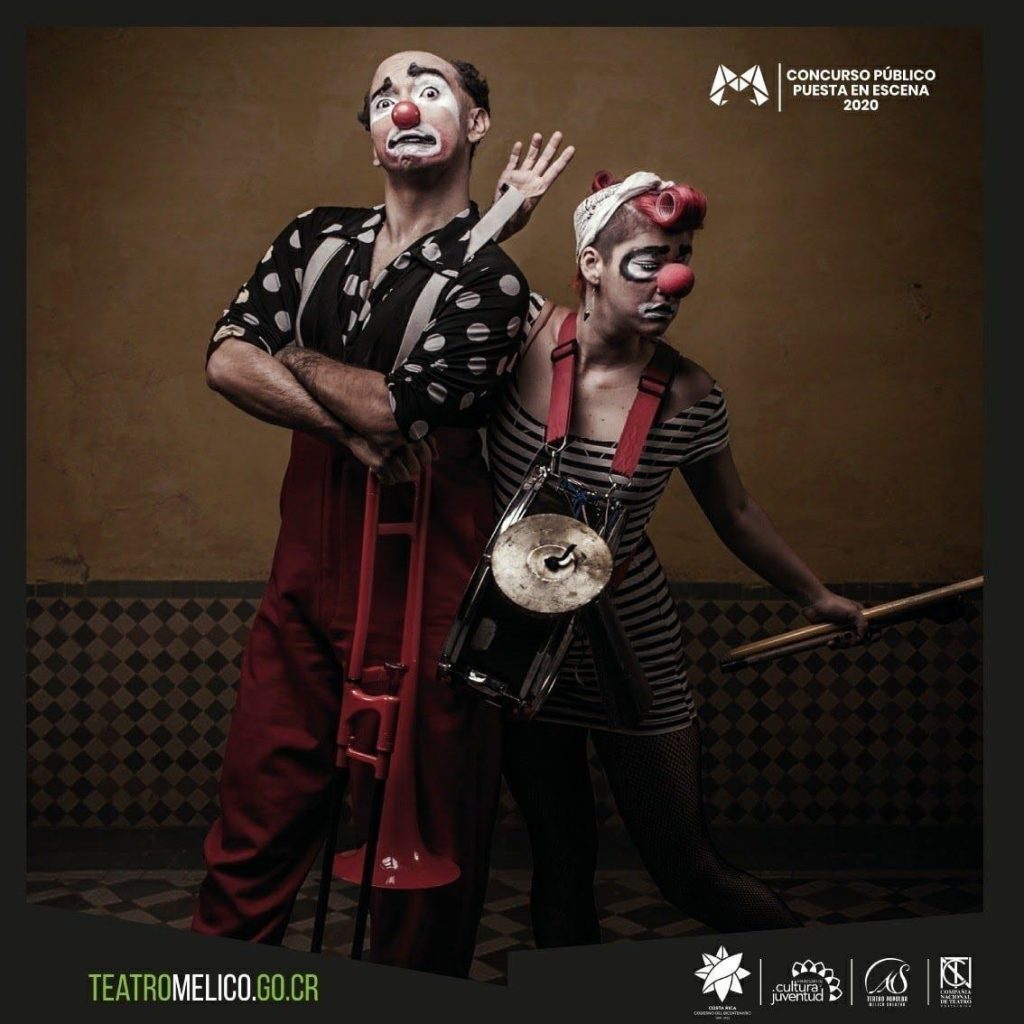Culture and art in times of Pandemic.

By Jorge Emilio Castro Fonseca.
A battered sector
The Covid 19 pandemic has shown that the challenges generated need exceptional and innovative solutions to stabilize and enhance productive sectors that have suffered throughout these months. One of these sectors is the creative and cultural industries, which have played a fundamental role in this crisis, transmitting positive messages, providing their professional services to carry out campaigns promoting prevention and mental health wellness, promoting entertainment.
What had been dragging on for many years, became evident in this pandemic, because in a matter of weeks entrepreneurs, cultural and art workers, cultural institutions and art budgets were reduced, causing a shortage of money in families that depend on this income, and increasing the uncertainty in which workers in this sector have lived for a long time. Here, it becomes relevant to study and recognize the market failures of these industries, coupled with little political will, in order to demand concrete answers.

Challenges of Culture and Art.
Supporting the survival and reactivation of the creative industries sector must be a priority in political agendas, which must face important challenges so that the productive sectors of the creative and cultural industries can survive and, above all, establish themselves, being significant in the national productivity indexes. These challenges are classified into four: financing, innovation, collaboration between the public and private sectors, and digitalization.
Regarding financing, the productive sectors of the creative industries encounter major barriers to access, due to the very characteristics of the sector, such as, for example, the uncertainty and risk of investing in projects whose assets are intangible (such as creativity and knowledge, the lack of history) since many of these ventures are making their first incursion into the productive world. The lack of information asymmetries, which depend on the individual risk of the project and the idea that there is an intrinsic motivation related more to a cultural, creative or artistic objective than to a financial profitability objective, and the sunk and transaction costs generated by these projects. Therefore, solutions such as subsidies, soft loans with differentiated interest rates for cultural projects, creation of public and private funds for research and development of creative industries, subsidies to create models of open access gps platforms, state purchase of platforms for public access to streaming content, funds for the creation of crowdfunding platforms, crowdsourcing and match-crowdfunding, loans at subsidized rates and the elimination of taxes for companies that collaborate with culture should be sought.
“What had been dragging on for many years was evident in this pandemic, because in a matter of weeks entrepreneurs, cultural and art workers, cultural institutions and budgets allocated to art were reduced (…)”.
For its part, innovation must be supported through new business models by means of regional investment funds and digital innovation with a greater role for the private sector, through promotion policies associated with the specifications of goods and services and the opening of new markets.

Regarding the collaboration of the public and private sectors, culture should be included in the surveys conducted by INEC (National Institute of Statistics and Census), for the collection of relevant data on the needs of the sector and the different target audiences, in order to generate clusters, which allow us to develop studies on the creation of audiences and needs of the creative industries. In addition, the commitment of sponsors should be encouraged in this space, through patronage systems such as crowdfunding and crowdsourcing, through platforms such as Patreon and Kickstarter, and initiatives such as matchfunding; establish policies to facilitate international trade in services and cultural goods, supporting platforms such as e-commerce (smart contracts, micropayments, blockchain, data mining, IP trackin).
“With respect to financing, the productive sectors of the creative industries encounter major barriers to access, due to the very characteristics of the sector (…)”
In the digitalization section, digital infrastructure must be improved, for example, investing in cloud computing and broadband as public goods as part of the strategies to reduce inequality in Internet access, legislating net neutrality with public good criteria and investing in the interoperability of public projects, promoting the development of new digital products of real/virtual integration such as transmedia or multiplatform models, and a technological loop in all creative industries. Finally, it is of vital importance the training and teaching of new digital skills and processes, through bootcamps.
Many challenges are about to begin in this race against time. Also the artistic and cultural industries are in intensive care. The decisions we make now will define the path to follow in the coming years. It is vital the interaction between the actors of a creative ecosystem (public, private sector, local, regional and national governments, academia and consumers) and their commitment in the search for new initiatives to revive a sector hit by the pandemic.
Things to remember:
The reactivation of the creative economy requires financing, innovation, but above all the construction of a creative ecosystem that combines important actors such as the public and private sectors, local governments, academia and consumers, with the aim of creating projects that allow the development of platforms that make the industries more competitive.
Author: MBA. Jorge Emilio Castro Fonseca
Business Manager and Director – Consultant – Researcher. Contact: [email protected]
Navigate articles





